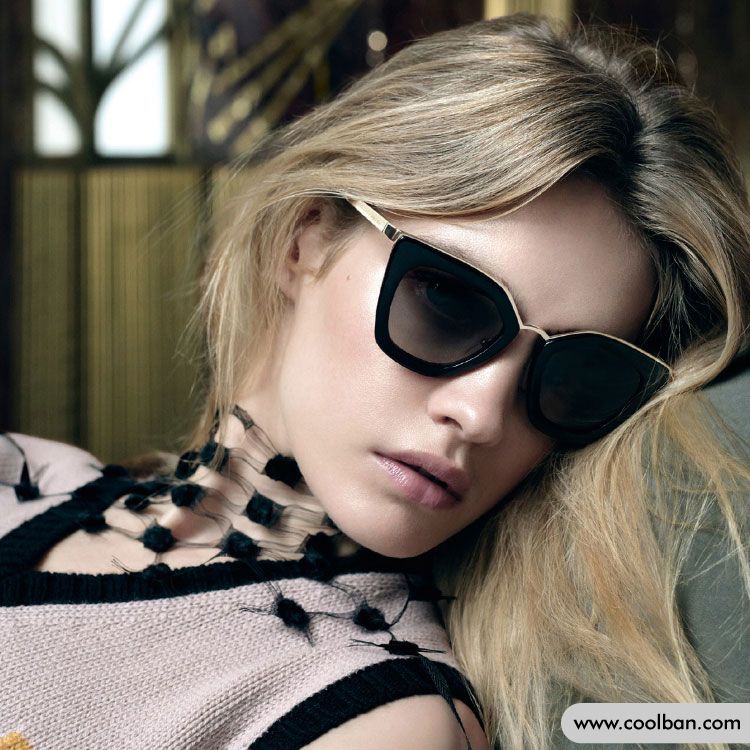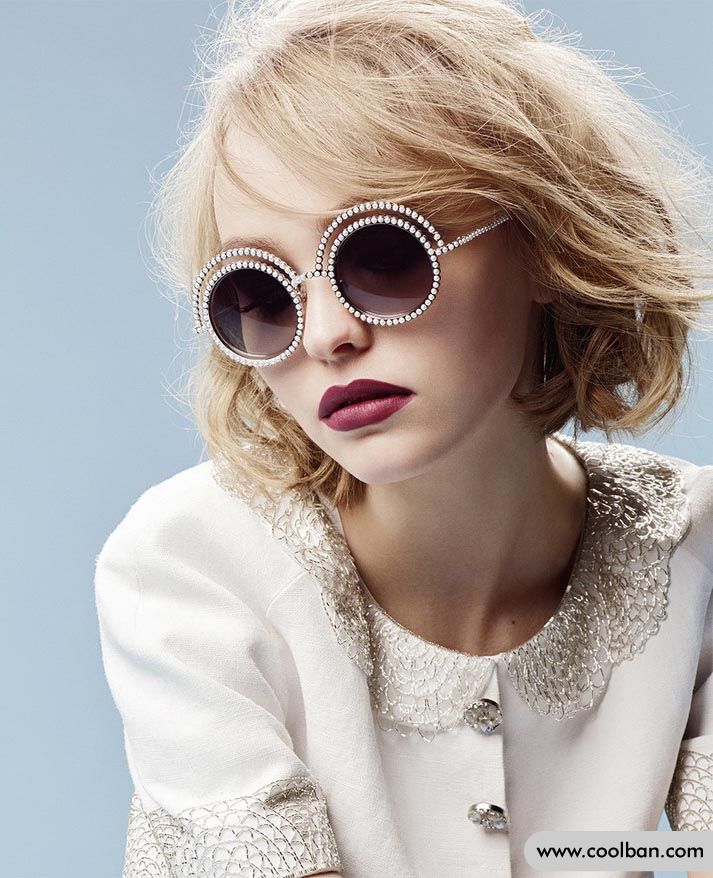How to choose the color of sunglasses?
The scorching sun is like fire, making people unable to open their eyes. Whether walking or driving, many people cannot do without a pair of sunglasses. Sunglasses come in different colors and function differently. Knowing the secrets of sunglasses color will allow you to better protect your eyes while adding a sense of style. There are many colors of sunglasses, the more common ones are brown, gray, green, yellow and red lenses.
1. Brown series: Brown series lenses can filter out a large amount of blue light, which can improve the contrast and clarity of vision, and are suitable for wearing in conditions of severe air pollution or fog. The brown lens reduces the brightness of the object with minimal distortion of the color of the object, and can slightly reduce the halo of blue light, making the image clearer and providing glare protection. The tan lenses block reflections from smooth, shiny surfaces, allowing people to see fine details even when wearing sunglasses, making them ideal for drivers.

Second, the gray series: The gray lens filters almost the same amount of each color in sunlight, and can completely absorb infrared rays and 98% of ultraviolet rays. Its biggest advantage is that the original color of the scene will not be changed by the lens, and it is a sunglasses that can reduce the intensity of light very effectively.
3. Green series: Like gray lenses, green lenses can effectively absorb infrared rays and 99% of ultraviolet rays. However, the green lens also blocks the cyan and red in the light, so that the color of the scene you see sometimes changes after passing through the green lens, and the effect of blocking light is slightly lower than that of the gray lens.
Fourth, the red series: The red lens can filter 95% of ultraviolet rays and some visible light with shorter wavelengths. It is a sunglasses recommended for use in changing weather conditions.

5. Yellow lens: It can absorb 100% ultraviolet rays, and can make infrared rays and 83 % of visible light penetrates the lens. The biggest feature of yellow lenses is that they absorb most of the blue light. When sunlight passes through the atmosphere, it is mainly expressed in blue light. After the sunglasses with yellow lenses absorb the blue light, they can make the natural scenery clearer. Therefore, they are often used as "filters", which are suitable for light in the morning, dusk or rainy days. surroundings.
6. Laser lenses: These sunglasses are suitable for environments with particularly strong sunlight and reflections such as beaches, snow or boats.

7. How did the ever-changing magic of smart photochromic lenses do?
Photochromic lenses are like "chameleons" in the big family of glasses. They can adjust the color of the lenses according to different temperatures and ambient light, so as to effectively block ultraviolet rays that are harmful to the eyes, reduce glare, and protect the window of our soul. So, how does this color magic work?
In the manufacturing process of smart photochromic lenses, ultraviolet-sensitive substances - silver halide, and a small amount of copper oxide catalyst are pre-doped. The spectacle lenses changed from no color to light gray and dark brown, and then changed from colored glasses to ordinary glasses, all of which were "tricks" made by the magician of silver halide, and this change process is very similar to the exposure imaging of photosensitive film: When the silver halide is decomposed by light, it becomes many black silver particles evenly distributed in the lens, which makes the lens appear dim and blocks the passage of light; And the halogen atoms are still closely together. When returning to a slightly darker place, under the action of the copper oxide catalyst, silver and halogen recombine to generate silver halide again, and the lens becomes transparent again.
Changes in the external environment will also affect the discoloration speed and depth of the lens: the stronger the ultraviolet rays, the faster the discoloration speed of the color-changing lens, and the slower the speed; the higher the ambient temperature, the lighter the color of the lens, and vice versa. deep. However, with the advancement of manufacturing technology, the discoloration rate, especially the fading rate, of color-changing lenses has been greatly improved, and the interference of temperature on color depth has become smaller and smaller.
